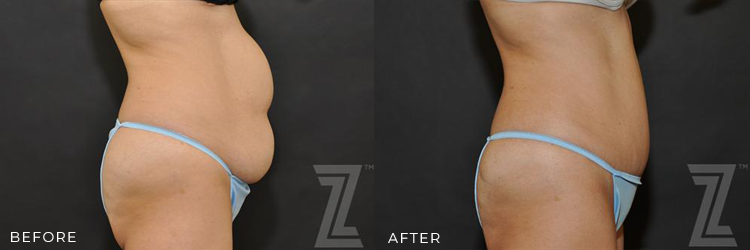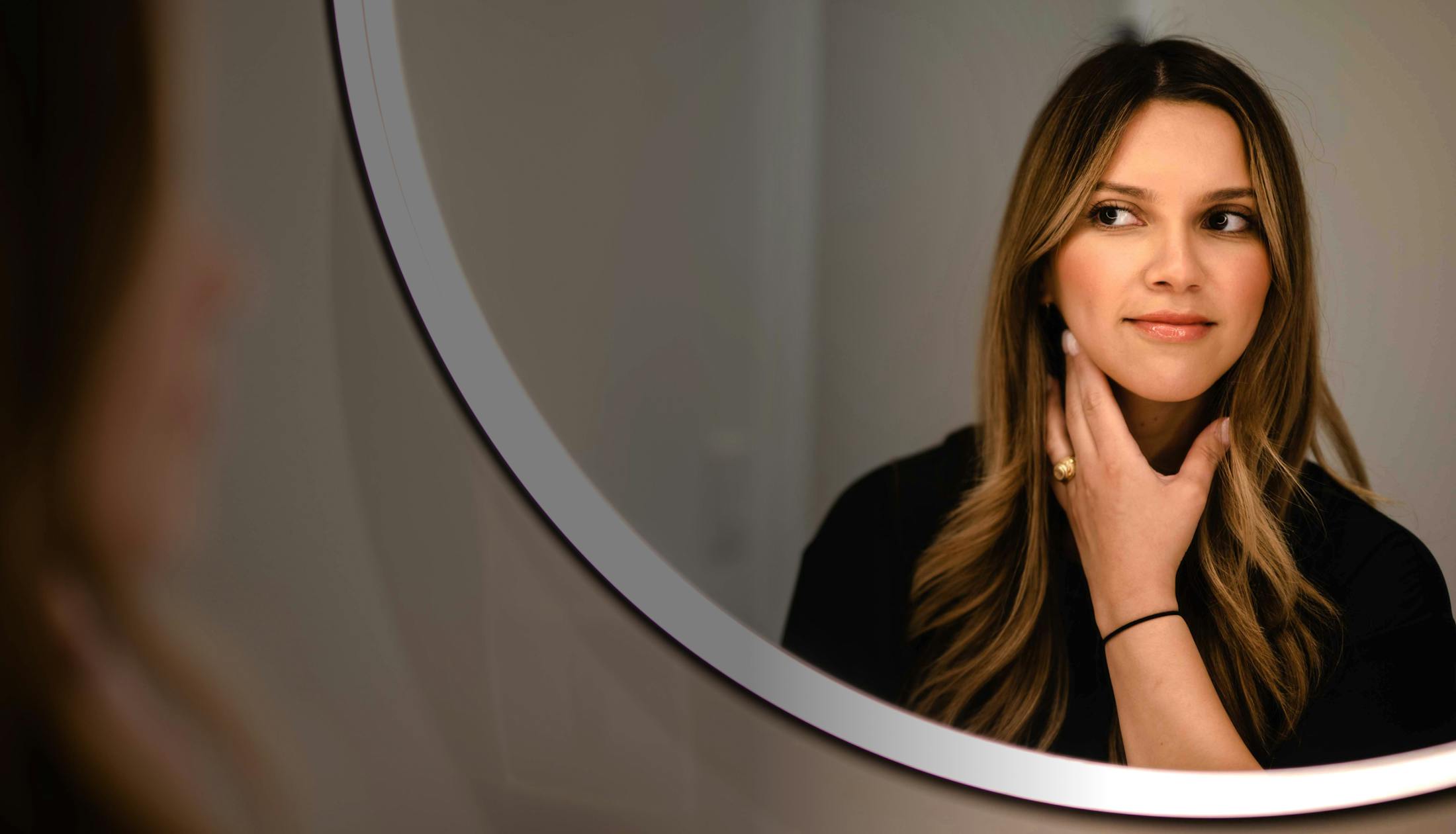
Many women are all too familiar with the post-pregnancy “pooch” that is seemingly impossible to get rid of even with a healthy diet and regular exercise. However, many women don’t know that this abdominal bulge can be related to a medical condition called diastasis recti. Fortunately, I can effectively repair the symptoms of diastasis recti during tummy tuck surgery at my Austin plastic surgery center.
What exactly is diastasis recti?
“Diastasis” means separation, and “recti” refers to the abdominal muscles. When a woman has diastasis recti, her lower abdomen protrudes because the left and right abdominal muscles have separated from each other. In most cases, the woman’s abdominal muscles slowly separated during pregnancy to accommodate the growing fetus. Diastasis recti can be especially frustrating for women who lose the weight they gained during pregnancy but who still look like they’re several months pregnant.

What are my options for correcting this condition?
Physical therapy and yoga can help improve some of the symptoms related to back discomfort from diastasis recti but does not resolve the problem. Additionally, some specific exercises can help, but it is important to proceed with caution as some exercises, such as crunches and sit-ups, can add to the discomfort.
In other cases, the opening between the muscle bands decreases after childbirth, but changes can take up to a year to fully resolve, and often the muscles do not return to their original position. The only way to fully correct diastasis recti is through surgery.
How can diastasis recti be fixed during a tummy tuck?
During the tummy tuck procedure, I repair the separation by bringing the muscles together and securing them into place. I prefer to repair the diastasis with a permanent suture so the muscles return to their anatomically correct position. I then evaluate the repair in the operating room by placing my patient in a flexed position as if she were sitting up to be sure the problem is corrected. It’s important to know that while a tummy tuck procedure addresses various concerns, including separated abdominal muscles, it is considered elective surgery and is not covered by insurance. However, to help make the procedure available to more patients, we offer financing options through CareCredit.
How commonly do you repair diastasis recti during a tummy tuck?
If I spot diastasis recti during a patient’s preliminary exam, I will then create the surgical plan so that this is included. Occasionally, I have moms who do not have significant diastasis or prefer not to have a repair. These patients will still achieve great aesthetic improvement through the tummy tuck. The most common reason why I repair muscle separation is because the condition causes the patient’s abdomen to have a visible bulge and can create an imbalance in the core muscles support of the spine and pelvis.
How often is diastasis recti caused by something other than pregnancy, such as weight fluctuation?
Diastasis recti most commonly results from pregnancy. However, it can sometimes occur in either men or women who have experienced significant (nonpregnancy) weight gain and loss, but this situation is much less common.
What are some of the other benefits of getting a tummy tuck?
The tummy tuck is well-known for providing impressive aesthetic improvements, but the procedure can resolve other issues as well according to the American Society of Plastic Surgeons.
For example, someone with weak core muscles will compensate by using other muscles, which often leads to back pain. Repairing the abdominal muscles during a tummy tuck helps stabilize the pelvis and spine in a neutral position, which can reduce back pain and improve posture.
A tummy tuck can also boost your exercise tolerance. When excess skin is removed and the core muscles are strengthened, exercise can become much easier. Also, seeing your results can be great motivation to stick to a workout routine.
If you want to learn more about diastasis recti or are interested in undergoing a tummy tuck, request a consultation online or call our office at (512) 288-8200.


